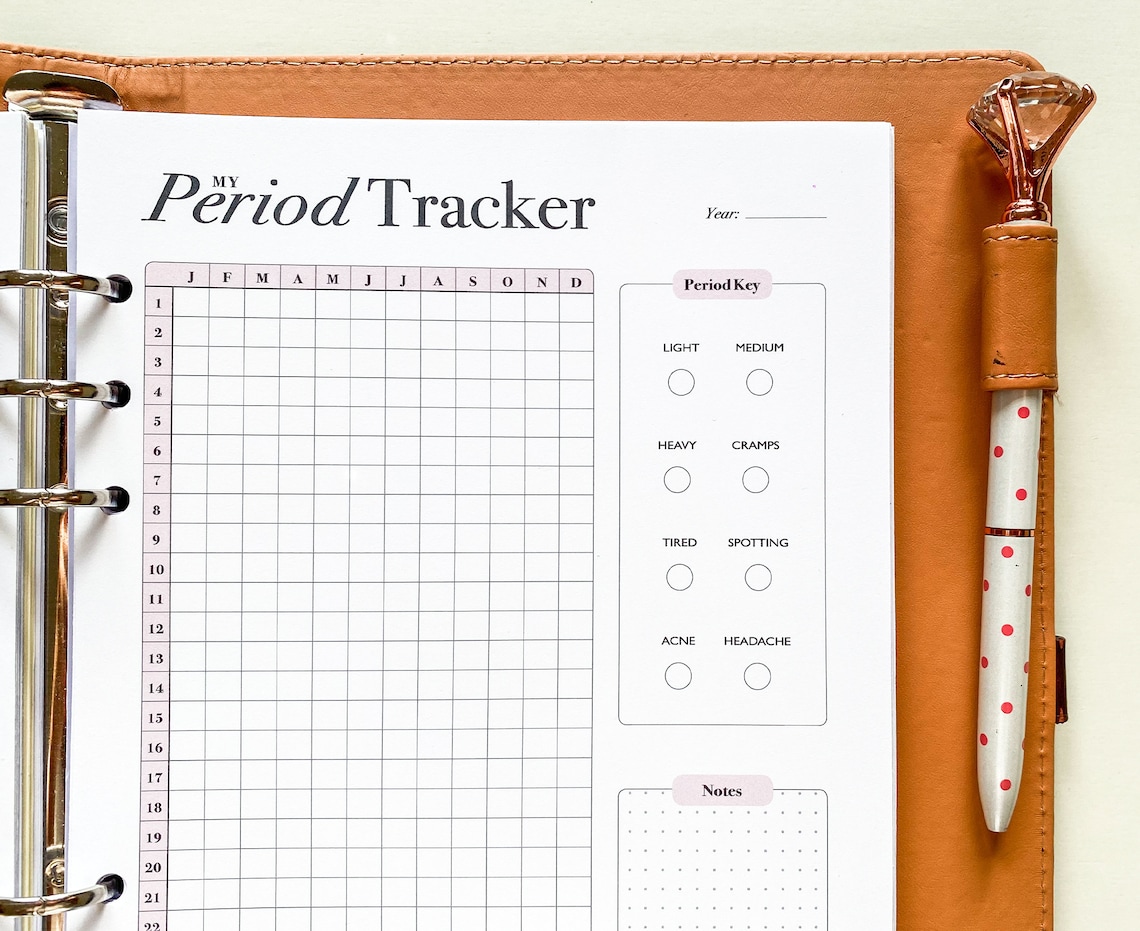


You can add symptoms and other data that might be useful for tracking trends throughout your cycle or showing a doctor. You can input your basal body temperature yourself if you don't have an Apple Watch.
This will retrospectively track your cycle, and also look for shifts that could indicate a medical condition.
#MENSTRUAL PERIOD TRACKER SERIES#
But on the Apple Watch Series 8 and Apple Watch Ultra, the company added a temperature sensor, which is focused on cycle tracking. The more data you add, the better predictions will be.Īpple uses heart rate data from your Apple Watch to make more accurate and seamless predictions. Including when to expect your period, your fertile window and your ovulation day. You can log information about your periods and, like many of the other offerings we'll see in this list, Apple will predict your next one. But if you own an Apple Watch Series 8 or Apple Watch SE you can use it from your wrist. You don't need an Apple Watch to use Apple's cycle tracking feature – you can find it in the Health app on your iPhone. These features are updated regularly, so keep checking back as we’ll add new brands and updates as they roll out. In this guide, we’ll look at some of the most popular wearable brands and the menstrual cycle tracking features they offer, exploring what they do and how they do it. You can switch on notifications, so you’re told when your next period is due and have instant access to view and log where you’re at in your cycle from your wrist. – then serve up predictions for when your next period and fertile window might be. The majority allow you to track periods and log symptoms – like moods, intensity of flow, etc. We have to rely primarily on anecdotal experiences to make decisions because there’s little research comparing all of the options – the tech companies themselves often fund the few studies out there.Įxperiences with menstrual cycle tracking might be different, but, as we’ll soon discover, the features offered by tech companies are similar. And, to make things more confusing, there are many varying experiences.Įveryone’s body is different, everyone’s cycle is different, and an algorithm that knows one person’s cycle extremely well, accurately predicting their periods month after month, never seems to provide accurate predictions for another’s. There are varying levels of accuracy between brands.


 0 kommentar(er)
0 kommentar(er)
